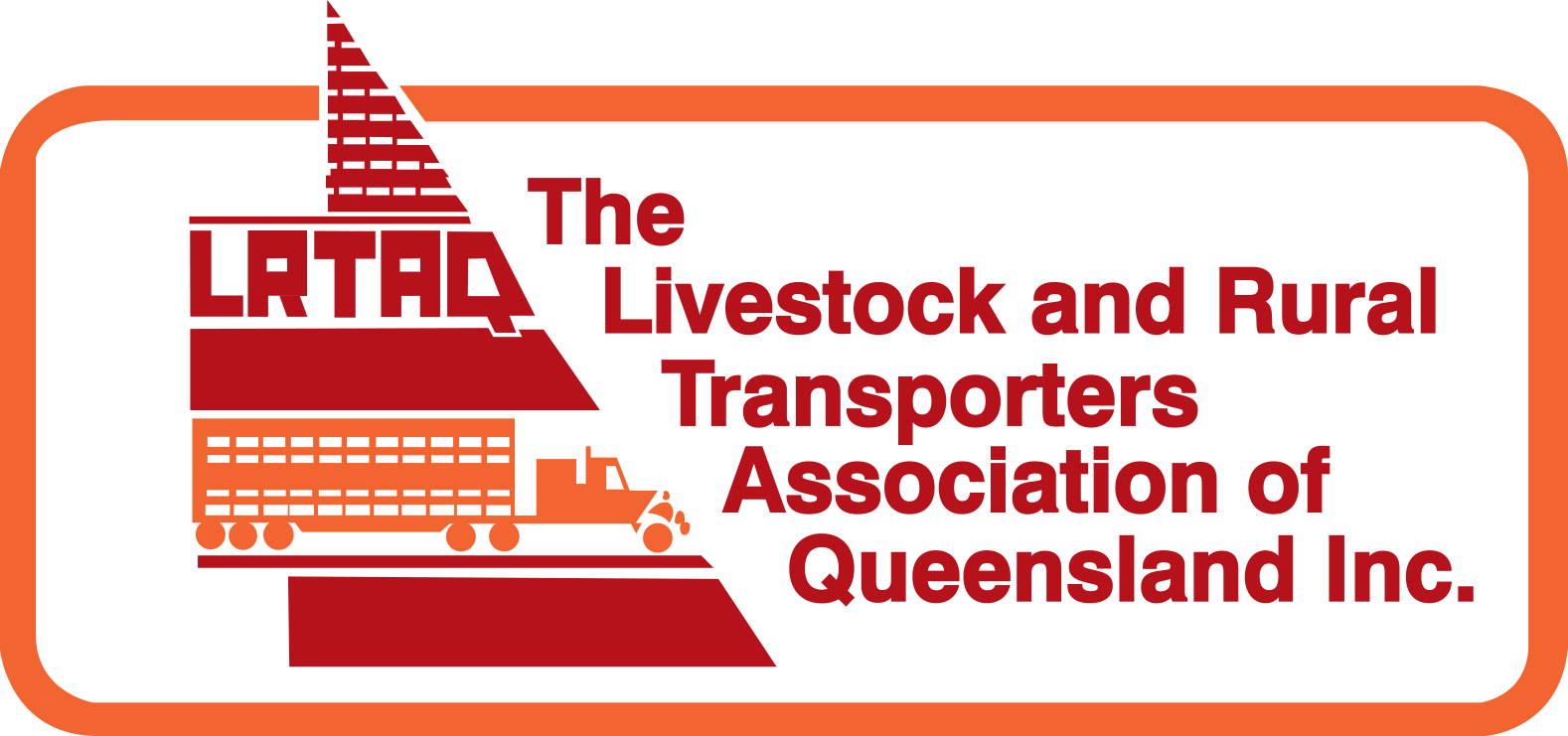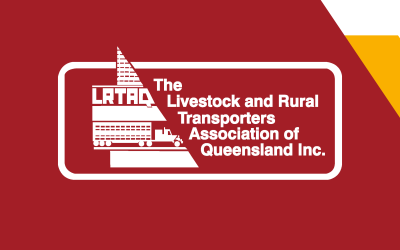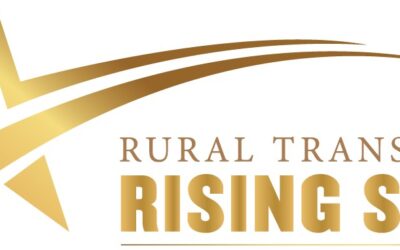The Australian Livestock and Rural Transporters Association of Australia (ALRTA) has welcomed the publication of an Australian Standard for the Livestock loading/unloading ramps and forcing pens (AS 5340:2020).
The standard has been developed by Standards Australia following public consultation during 2020 and input from a representative supply chain and community steering committee.
Former ALRTA Vice President and Chair of the ALRTA Driver and Animal Welfare Committee, Mick Debenham, said that the new standard will improve worker safety and animal welfare.
“Loading ramps and forcing yards are the most dangerous part of livestock handling facilities. In 2020, livestock producers, handlers and transporters can no longer accept the unnecessary risk of crushing, lacerations and slips, trips and falls, and tragically, sometimes death,” said Mr Debenham.
“There is consensus within the industry that improved safety can be best achieved by keeping livestock and people separated, a guiding principle that is reflected throughout the standard. By improving safety for workers, we also improve the safety and welfare of our livestock – the two go hand in hand.
“The standard is strongly supported by the livestock supply chain and based on the pre-existing Guide for Safe Design of Livestock Loading Ramps and Forcing Yards which was published by ALRTA in 2015. Those who have followed the guide will generally meet the standard,” said Mr Debenham.
ALRTA National President Scott McDonald said that there has never been a better time to invest in safer and more productive livestock ramps.
“After an unprecedented string of natural disasters, the rural sector is now enjoying a good season and minds will soon turn to investing profits in improved supply chain infrastructure,” said President McDonald.
“The Federal Government is encouraging new investment via instant asset write-off provisions announced in the 2020-21 Budget. Until 30 June 2022, businesses can generally write off the full cost of depreciable assets in the first year of use or installation.
“I strongly encourage all ramp owners to undertake a safety risk, animal welfare and productivity assessment of their existing livestock ramps and take the opportunity to bring facilities into line with the national ramp standard while the investment incentives are in place. Farmers and depot managers purchasing new equipment should ask the manufacturer if the product meets the standard,” said President McDonald.


